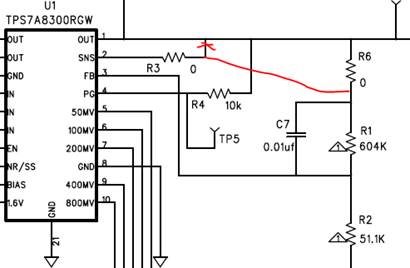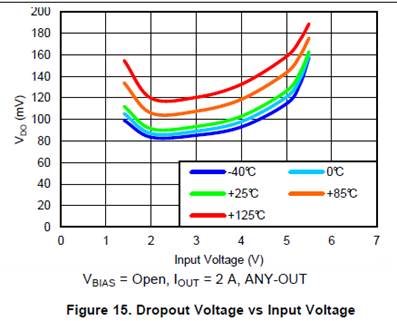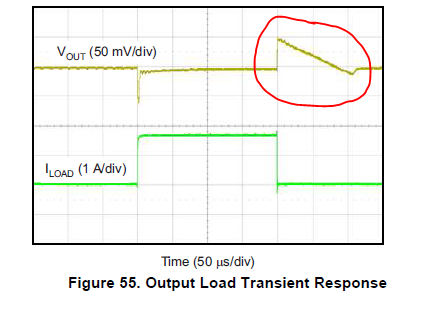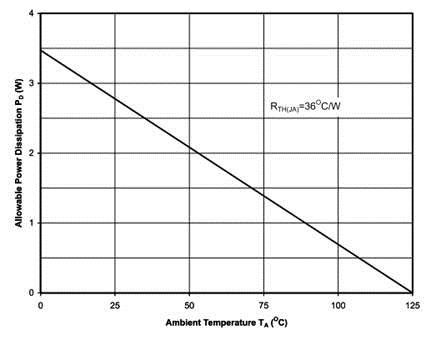Other Parts Discussed in Thread: TPS7A83A
Hi team,
we have some quesitons about TPS7A8300 below,
1.whether we can alwayas connect the SNS pin to OUT nomatter ANY-OUT or not?
2.for the bode plot test, how to test it? whether we only need to change the R6 to 100ohm,or we also need to connect like below.
3. the datasheet low dropout voltage is 125mv at 2A, for the table below, 25°, 2A Vdo is larger than 160mv. for figure 55, why the Vout overshoot drop so slowly, whether it has connection with dropout voltage? If we use 240mv dropout voltage in a system, whether it's ok?
4. Can we provide Pd with temperature curve like below?
Thanks.







